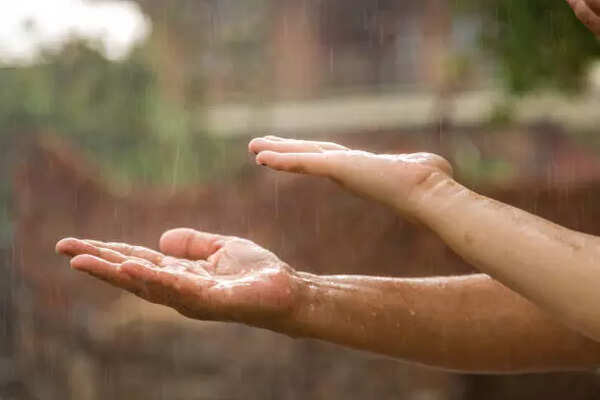Monsoon and skin health: Understanding fungal and bacterial infections

While Monsoon season brings relief from sultry days but it also brings new set of challenges for our skin. This humid period fosters the growth of microbes. During Monsoon, several microbes such as fungi and bacteria multiply rapidly due to the humidity and dampness in the air. This often leads to rise in skin infections which is reflected in the increased dermatology outpatient visits in hospitals and clinics across the country.Risk groups Anyone, irrespective of age, can be victims of fungal and bacterial infections during the wet season. However, individual with diabetes, obesity, and weakened immunity are among the high-risk groups. Those who have hyperhidrosis (Sweating Excessively) are also vulnerable.

Another high-risk group include athletes and gym-goers and they are prone to skin infections due to shared equipment and shared locker rooms. Similarly, individuals wearing tight synthetic clothing or closed footwear could also get infected. Those with thinner and sensitive skin such as children and elderly can also be considered among high-risk groups and should take extra care.Why does monsoon make our skin vulnerable?Infections are primarily due to deadly combination of humidity and heat which is ideal condition for microbial growth. In the body, there are several vulnerable parts where sweat and moisture tends to accumulate such as areas where the skin folds (underarms, groin or beneath breasts). Wearing damp clothes particularly those made with nylon and polyester traps moisture and makes the skin susceptible to such infections.Types of fungal and bacterial infections During Monsoon, we find Tinea infections on the rise and they are highly contagious and worsened by sweat. These infections mainly include ringworm, jock itch (affects groin), athlete’s foot (affects feet). In body folds, Candidiasis is a frequent fungal infection and this is also known as yeast infections. Another painful infection is fungal folliculitis, it is itchy, inflamed hair follicles. Prolonged dampness causes Onychomycosis also known as fungal nail infections.
It is not only fungal but bacterial skin infections are equally concerning for skin health. In children, Impetigo, known as superficial skin infection is very common during these months. People with underlying health conditions are always vulnerable. During Monsoon season, Erythrasma – chronic bacterial infection mimicking fungal rash is often seen in diabetics. Folliculitis and boils (furuncles) and Cellulitis – deeper skin infection are other two bacterial infections.Warning signsThere are number of warning signs and people need to go for specialist consultation if they notice or observe symptoms which include continuous itching, redness, scaling, or burning sensation. The appearance of circular rings, blisters, or oozing lesions should not be ignored especially if there is foul-smelling discharge from affected areas, and worsening symptoms despite home care.

Prevention is the key It is widely admitted and advised that prevention is the key. First of all, people should prioritize personal hygiene. Keeping skin dry, opting breathable cotton and linen fabric, use of antifungal powders or creams in susceptible areas, bathe with mild antiseptic soaps are very basic preventive measures. If someone suffers or affected with any of fungal and bacterial infections, it is advisable not to go for self-medication, consulting a dermatologist for timely medical intervention is advisable. We must remember that these skin infections are treatable with topical antifungal creams and often oral medicines are required only for severe cases. Bacterial infections also respond well to antibiotic creams or oral antibiotics. Regular follow-up with a dermatologist ensures proper healing and prevents recurrence.
Source: times of india
HiCelebNews online magazine publishes interesting content every day in the Makeup section of the Fashion & Beauty category. Follow us to read the latest news.
Related Posts
- Supercharged superfoods for skin and hair
- 5 habits which will stop the skin of your face from sagging
- Suddenly, This Underrated Flower Has Dominated My Beauty Routine—From Elegant Scents to Skincare
- 7 Parisian-Chic Looks I'm Copying This Summer—Even If I'm Stuck in NYC Traffic
- France to Japan: 8 international beauty rituals to add to your skincare regime






